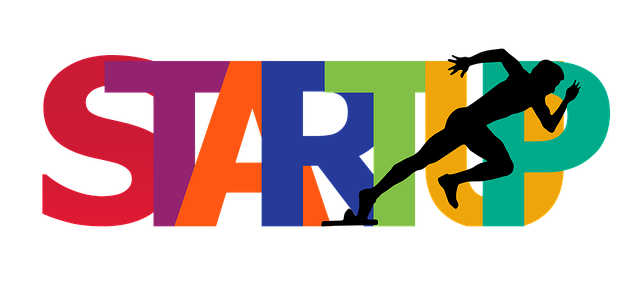TL;DR:
Understanding and managing cash flow dynamics is key to improving business cash flow and financial health. This involves analyzing key metrics like net income, operating cash flow, and free cash flow, comparing them with revenue and expenses to identify problems. Cash flow forecasting tips help anticipate future movements, enabling proactive measures to balance short-term and long-term goals. Effective cash flow management strategies, including robust accounting software and strategic payment terms, enhance liquidity, facilitate growth through investments, and build resilience against unexpected events. Early issue identification through regular financial reviews allows businesses to capitalize on opportunities, maintain competitiveness, and achieve long-term success.
Balancing cash flow and profits is key to improving business health and fostering long-term growth. This comprehensive guide explores effective cash flow management strategies to ensure your business stays afloat and profitable. We’ll delve into essential cash flow forecasting tips, identifying cash flow problems, and optimizing collection practices. By understanding the dynamics of cash flow, from defining key metrics to implementing proactive strategies, you can harness cash flow as a driver for sustainable growth.
- Understanding Cash Flow Dynamics: Defining Metrics and Identifying Discrepancies
- Proactive Strategies for Optimizing Cash Flow: From Forecasting to Collection Practices
- Fostering Growth through Efficient Cash Flow Management: Long-term Profitability and Sustainability
Understanding Cash Flow Dynamics: Defining Metrics and Identifying Discrepancies

Understanding Cash Flow Dynamics is a crucial step in improving business cash flow and overall financial health. Cash flow management strategies involve defining key metrics like net income, operating cash flow, and free cash flow. By contrasting these figures with revenue and expenses, businesses can identify discrepancies that may indicate underlying cash flow problems. Effective cash flow forecasting tips help anticipate future inflows and outflows, enabling proactive measures to optimize cash flow.
When implementing cash flow management strategies, it’s essential to focus on both short-term and long-term goals. Identifying cash flow issues early allows for timely interventions, ensuring the business can navigate seasonal fluctuations or unexpected events without significant disruptions. Optimizing cash flow through efficient processes and strategic partnerships fosters growth by enhancing liquidity, enabling investments in expansion, research & development, and capital improvements.
Proactive Strategies for Optimizing Cash Flow: From Forecasting to Collection Practices

Proactive Strategies for Optimizing Business Cash Flow begin with accurate cash flow forecasting tips. By predicting future income and expenses, businesses can anticipate potential cash flow problems and implement measures to mitigate them. Regularly reviewing financial data and adjusting forecasts based on market trends and seasonal variations are key practices in effective cash flow management strategies.
Moreover, enhancing collection practices is vital for improving business cash flow. Implementing robust accounting software, sending timely invoices, and establishing clear payment terms can streamline the collection process. Encouraging early payments from customers and employing strategic payment reminders can also contribute to optimizing cash flow, ensuring a steady influx of funds to support business growth and sustainability. Effective collection practices directly impact cash flow and growth, allowing businesses to invest in opportunities, expand operations, and achieve long-term success.
Fostering Growth through Efficient Cash Flow Management: Long-term Profitability and Sustainability

Efficient cash flow management is a cornerstone for fostering sustainable business growth. By implementing robust cash flow forecasting tips and identifying cash flow problems early, businesses can optimize their financial health and capitalize on opportunities. When organizations effectively manage their cash flow, they gain a competitive edge in the market. This proactive approach ensures that funds are available to invest in strategic initiatives, expand operations, and seize new business prospects.
Long-term profitability heavily relies on maintaining a healthy cash flow. It enables businesses to weather unexpected financial storms, meet operational expenses, and reinvest in growth opportunities. By combining sound cash flow management strategies with thoughtful planning, companies can drive substantial growth while ensuring their financial resilience. This holistic approach not only optimizes immediate financial performance but also paves the way for continued success and competitiveness in the long run.
